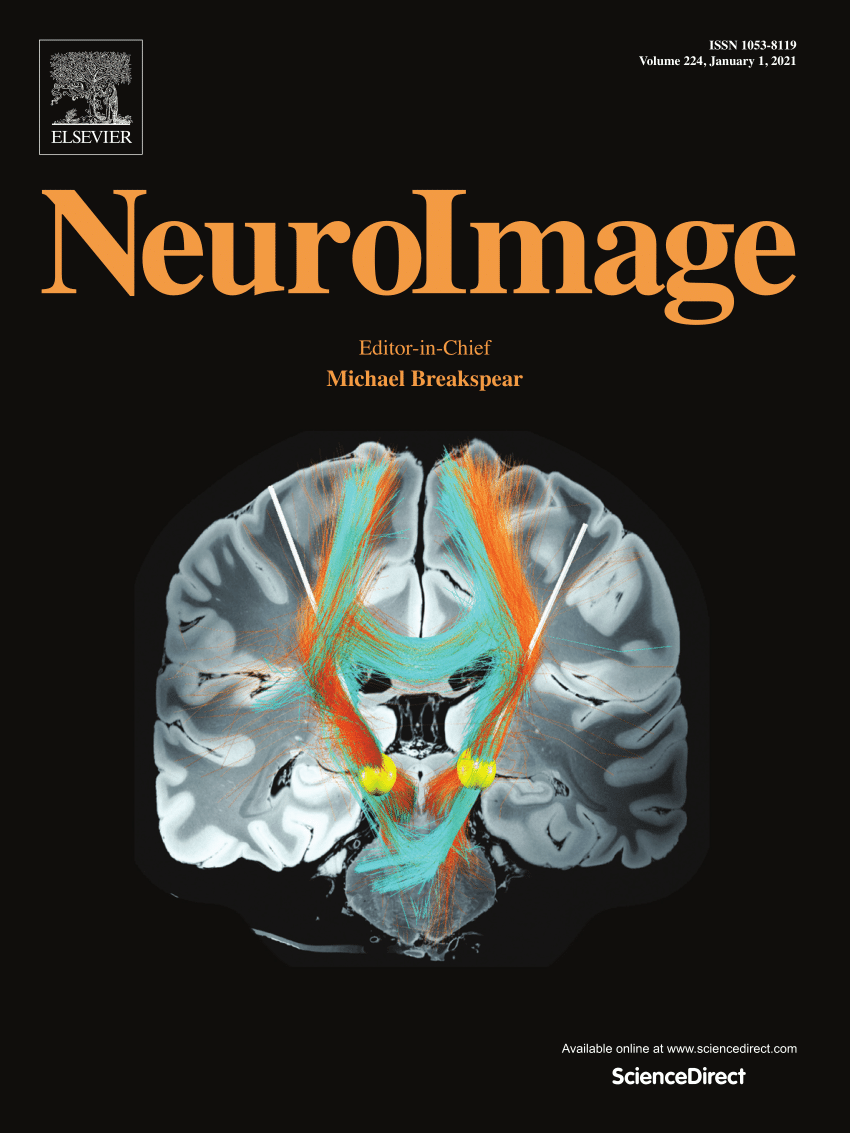Anatomical abnormalities suggest a compensatory role of the cerebellum in early Parkinson's disease
IF 4.7
2区 医学
Q1 NEUROIMAGING
引用次数: 0
Abstract
Brain atrophy is detected in early Parkinson's disease (PD) and accelerates over the first few years post-diagnosis. This was captured by multiple cross-sectional studies and a few longitudinal studies in early PD. Yet only a longitudinal study with a control group can capture accelerated atrophy in early PD and differentiate it from healthy ageing. Accordingly, we performed a multicohort longitudinal analysis between PD and healthy ageing, examining subcortical regions implicated in PD pathology, including the basal ganglia, thalamus, corpus callosum (CC), and cerebellum. Longitudinal volumetric analysis was performed on 56 early PD patients and 53 matched controls, with scans collected 2–3 years apart. At baseline, the PD group showed a greater volume in the pallidum, thalamus, and cerebellar white matter (WM), suggesting potential compensatory mechanisms in prodromal and early PD. After 2–3 years, accelerated atrophy in PD was observed in the putamen and cerebellar WM. Interestingly, healthy controls – but not PD patients – demonstrated a significant decline in Total Intracranial Volume (TIV), and atrophy in the thalamus and mid-CC. Between-group analysis revealed more severe atrophy in the right striatum and cerebellar WM in PD, and in the mid-posterior CC in controls. Using CEREbellum Segmentation (CERES) for lobule segmentation on the longitudinal PD cohort, we found a significant decline in the WM of non-motor regions in the cerebellum, specifically Crus I and lobule IX. Our results highlight an initial increase in cerebellar WM volume during prodromal PD, followed by significant degeneration over the first few years post-diagnosis.
解剖异常表明小脑在早期帕金森病中起着代偿作用
本文章由计算机程序翻译,如有差异,请以英文原文为准。
求助全文
约1分钟内获得全文
求助全文
来源期刊

NeuroImage
医学-核医学
CiteScore
11.30
自引率
10.50%
发文量
809
审稿时长
63 days
期刊介绍:
NeuroImage, a Journal of Brain Function provides a vehicle for communicating important advances in acquiring, analyzing, and modelling neuroimaging data and in applying these techniques to the study of structure-function and brain-behavior relationships. Though the emphasis is on the macroscopic level of human brain organization, meso-and microscopic neuroimaging across all species will be considered if informative for understanding the aforementioned relationships.
 求助内容:
求助内容: 应助结果提醒方式:
应助结果提醒方式:


